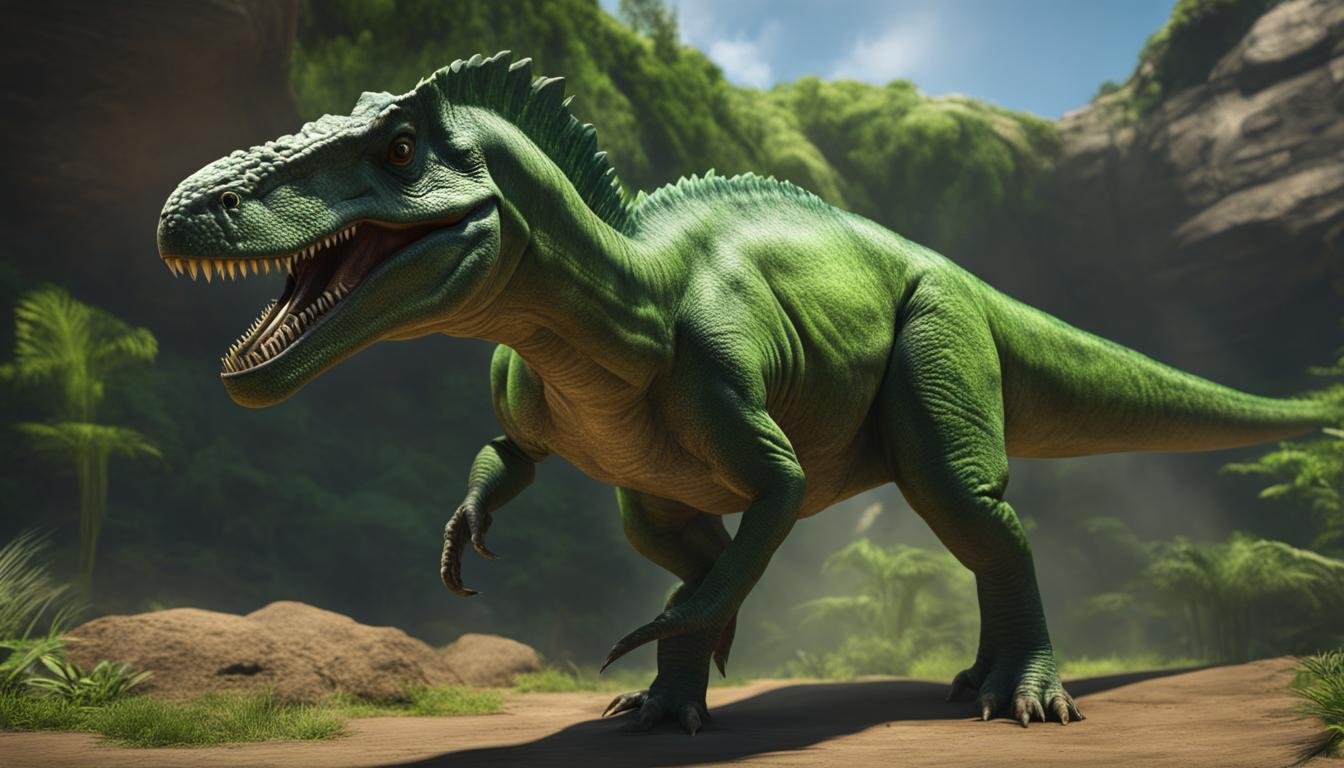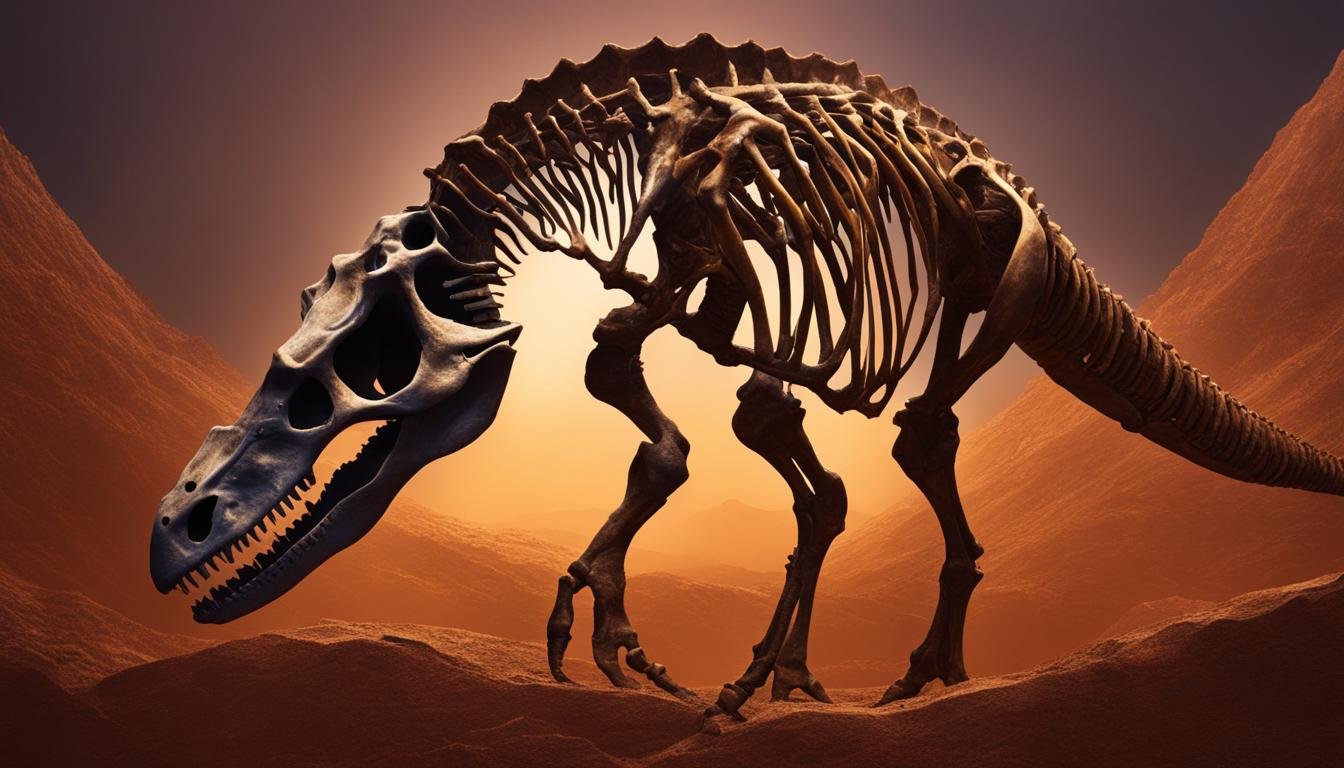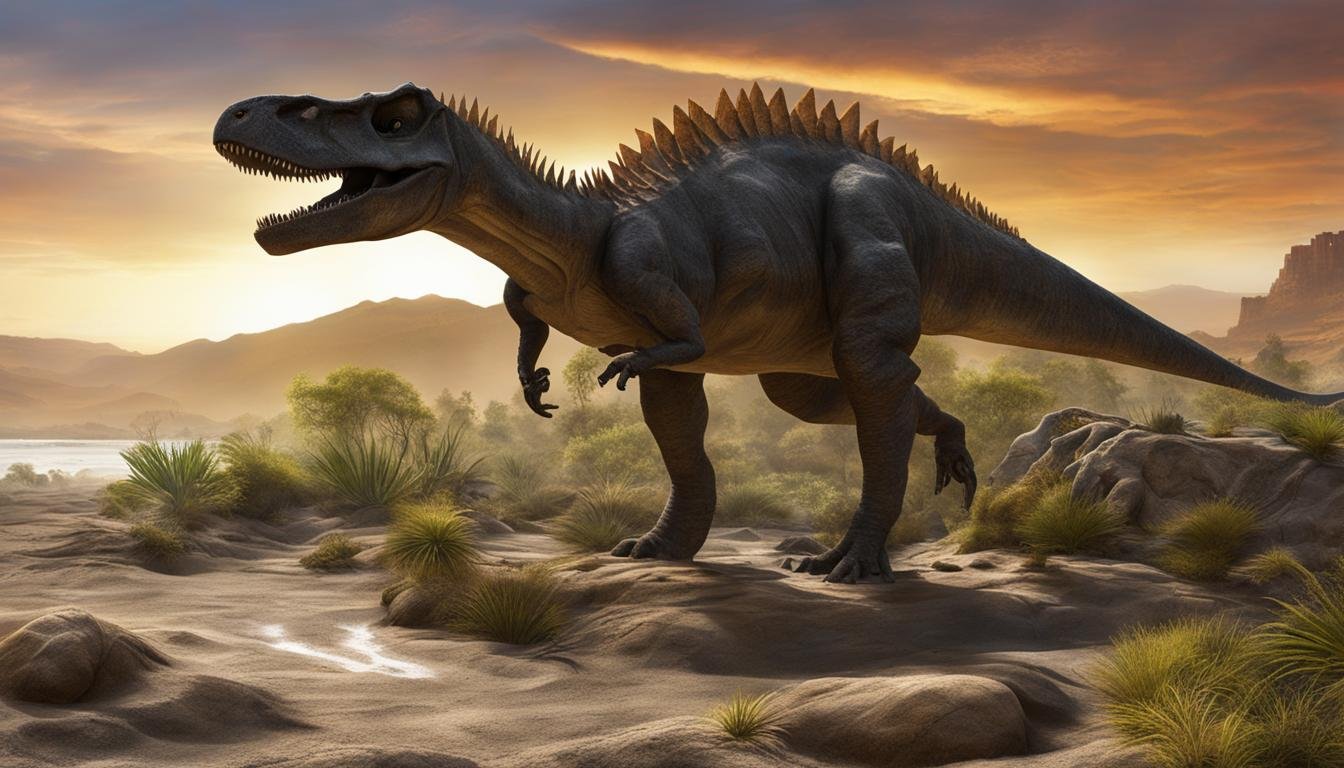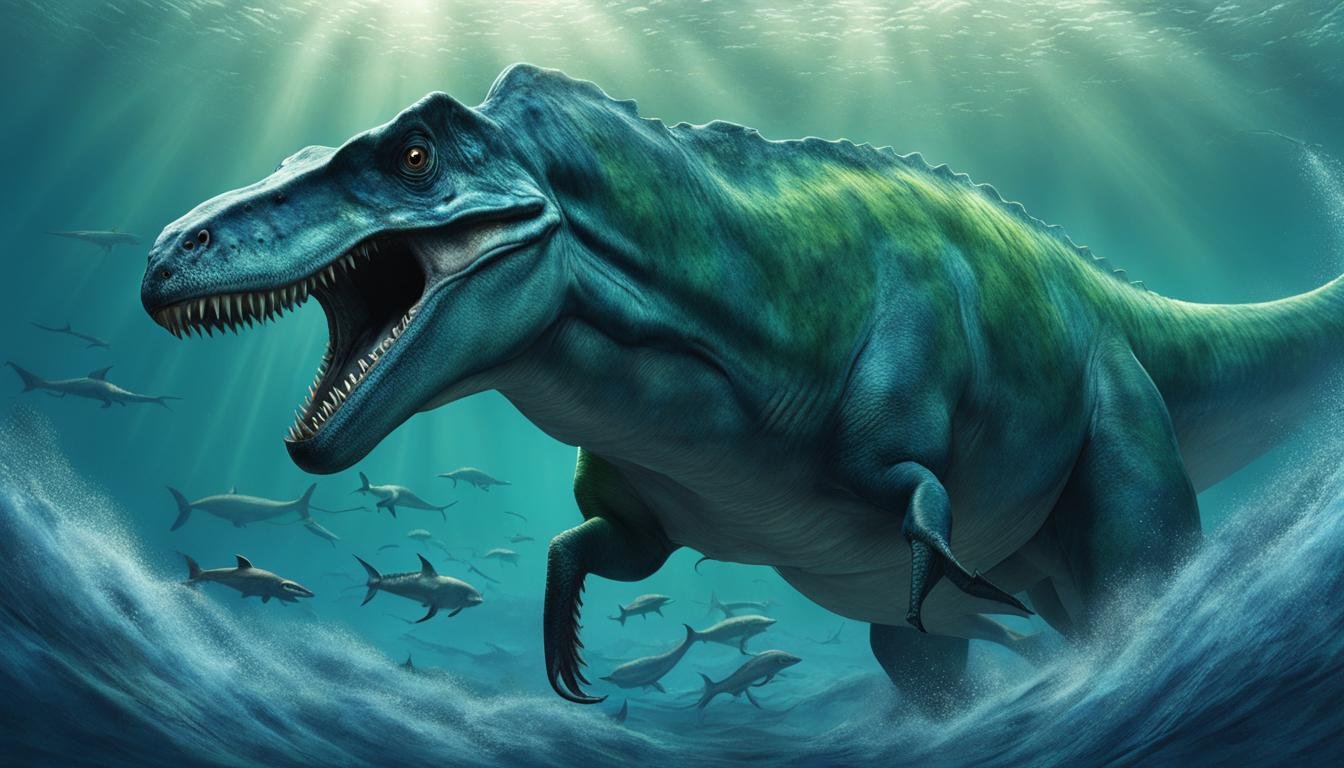Dinosaurs, fascinating creatures that roamed the Earth millions of years ago, have captivated the imagination of both scientists and the general public alike. The study of dinosaur anatomy provides valuable insights into their evolutionary journey, from their humble beginnings to their eventual extinction.
The fossil record has allowed paleontologists to track the changes in dinosaur anatomy over time, unraveling the mysteries of their evolution. Through careful examination of bones, teeth, and other preserved remains, scientists have pieced together the fascinating story of how dinosaurs transformed and adapted to their environments.
What are Dinosaurs?
Dinosaurs are a fascinating group of animals that emerged during the late Triassic period, around 240-230 million years ago. They belong to the clade of archosaurs, which also includes crocodilians, pterosaurs, dinosaurs, and birds. Within the dinosaur group, there are dinosauromorphs, which include early dinosaurs and their close relatives. These dinosauromorphs developed unique characteristics, such as an upright posture, long tails, strong leg muscles, and extra hip bones. These adaptations allowed them to efficiently move and thrive in their environments.
The earliest unequivocal dinosaur fossils have been found in Argentina, where researchers have discovered well-preserved specimens that shed light on the early evolution of these incredible creatures. Additionally, other early dinosaur species have been unearthed in Tanzania, further expanding our knowledge of dinosaur diversity and their distribution across the world.
Understanding the definition and characteristics of dinosaurs is crucial for comprehending their evolutionary history and their role in shaping the Earth’s ecosystems. By studying the anatomy, behavior, and diversity of dinosaurs, scientists can uncover valuable insights into the broader field of paleontology and the complex processes that have influenced the evolution of life on our planet.
The Characteristics of Dinosaurs
When examining the characteristics of dinosaurs, several key features set them apart from other animal groups. Dinosaurs had an upright posture, which allowed for efficient locomotion and the development of specialized adaptations. This posture was achieved through modifications in their hip structure, giving them a more erect stance compared to their reptilian ancestors. Additionally, dinosaurs had open hip sockets, which facilitated a wide range of leg movements and further enhanced their ability to walk, run, or even fly in the case of birds.
Dinosaurs were also characterized by their growth potential. Many dinosaurs exhibited rapid growth rates, reaching immense sizes. Some of the largest dinosaurs, like the long-necked sauropods, were the largest land animals to ever exist. Their gigantic stature was made possible by their unique bone structure, which featured hollow bones that reduced their overall weight while still providing structural support.
Overall, dinosaurs were a diverse group of animals that thrived for millions of years before their eventual extinction. By studying their characteristics and evolution, we can gain a deeper understanding of their significance in Earth’s history and the incredible adaptations they developed throughout their existence.
Types of Dinosaurs
Dinosaurs can be classified into three main groups based on their characteristics and behaviors. These groups are Ornithischia, Sauropodomorpha, and Theropoda. Each group represents a unique branch in the evolutionary tree of dinosaurs, with distinct features and adaptations that allowed them to thrive in different environments.
Ornithischia: This group of dinosaurs is known for their herbivorous diet and unique jaw structure. Ornithischians had a beak-like structure at the front of their mouth, which they used to crop vegetation. They possessed strong chewing muscles and specialized teeth for processing plant material. Some famous examples of Ornithischian dinosaurs include Stegosaurus, Triceratops, and Ankylosaurus.
Sauropodomorpha: Sauropodomorphs were giant, long-necked dinosaurs that dominated the Jurassic and Cretaceous periods. They were herbivores and had elongated necks and tails, which helped them reach vegetation at different heights. Some notable sauropodomorphs include Diplodocus, Apatosaurus, and Brachiosaurus.
Theropoda: Theropods were carnivorous dinosaurs that walked on two legs. They ranged in size from small, bird-like dinosaurs to large and formidable predators like Tyrannosaurus rex. Theropods had sharp, serrated teeth and claws that they used for hunting and tearing flesh. Famous examples of theropod dinosaurs include T. rex, Velociraptor, and Allosaurus.
| Dinosaur Group | Examples |
|---|---|
| Ornithischia | Stegosaurus, Triceratops, Ankylosaurus |
| Sauropodomorpha | Diplodocus, Apatosaurus, Brachiosaurus |
| Theropoda | Tyrannosaurus rex, Velociraptor, Allosaurus |
When Did Dinosaurs Live?
Dinosaurs lived during the Mesozoic era, which spanned from 252 million to 66 million years ago. They originated in the late Triassic period and rose to dominance during the Jurassic period. Iconic dinosaurs like Brontosaurus and Stegosaurus lived during this time. Dinosaurs continued to thrive in the Cretaceous period, with famous species like T. rex and Triceratops. The Cretaceous period ended with the mass extinction event caused by an asteroid impact.
The Mesozoic era can be divided into three main periods: the Triassic, Jurassic, and Cretaceous periods. The Triassic period, which lasted from 252 million to 201 million years ago, was when dinosaurs first appeared. It was a time of transition from the dominance of reptiles to the emergence of dinosaurs as the dominant land vertebrates.
The Jurassic period, from 201 million to 145 million years ago, was the heyday of dinosaurs. It was during this time that some of the largest and most iconic dinosaurs evolved, including long-necked Sauropods like Brachiosaurus and Stegosaurus with their distinctive plates and spikes.
The Cretaceous period, spanning from 145 million to 66 million years ago, saw the continued diversification and dominance of dinosaurs. This period is famous for dinosaurs like Tyrannosaurus rex, Velociraptors, and Triceratops. However, it also marked the end of the reign of dinosaurs, as a catastrophic event, most likely an asteroid impact, triggered a mass extinction that wiped out non-avian dinosaurs and many other species.
Mesozoic Era and the Periods of Dinosaur Evolution
| Period | Time Span | Main Events |
|---|---|---|
| Triassic | 252-201 million years ago | Origin of dinosaurs, rise of the archosaurs |
| Jurassic | 201-145 million years ago | Heyday of dinosaurs, emergence of iconic species |
| Cretaceous | 145-66 million years ago | Continued diversification and dominance of dinosaurs, mass extinction at the end |
During their existence, dinosaurs evolved and thrived in diverse habitats, ranging from lush forests to vast deserts. They displayed a remarkable range of sizes, shapes, and adaptations, making them one of the most successful and intriguing groups of organisms in Earth’s history.
Dinosaur Family Tree and New Clades
Recent research has sparked a reorganization of the dinosaur family tree, challenging previous classifications and offering new insights into the origins and evolutionary relationships of these ancient creatures. One significant finding is the closer relationship between theropods and ornithischians than previously thought. This discovery has led to the creation of a new clade called Ornithoscelida, which groups these two dinosaur groups together.
The reorganization also suggests that meat-eating evolved separately in different lineages. Theropods, including iconic dinosaurs like Tyrannosaurus rex, are now placed in a new clade, along with herrerasaurids and sauropodomorphs. This new arrangement shines a light on the complex evolutionary patterns and relationships within the dinosaur family tree.
“The reorganization of the dinosaur family tree challenges our previous understanding of dinosaur evolution and reveals new connections between different groups. It highlights the importance of further research and the constant revision of our knowledge”.
The dinosaur family tree provides a framework for understanding the evolution of different dinosaur groups and their shared ancestry. By examining fossil evidence and analyzing anatomical features, scientists can piece together the puzzle of dinosaur evolution and gain valuable insights into their ancient world. The reorganization of the family tree is an exciting development that will continue to shape our understanding of dinosaur origins and their evolutionary history.
Dinosaur Clades and Their Relationship
| Clade | Key Characteristics | Representative Dinosaurs |
|---|---|---|
| Ornithoscelida | Theropod and ornithischian characteristics | Tyrannosaurus rex, Triceratops |
| Theropoda | Meat-eating dinosaurs | Tyrannosaurus rex, Velociraptor |
| Ornithischia | Herbivorous dinosaurs | Stegosaurus, Triceratops |
| Sauropodomorpha | Long-necked, pot-bellied dinosaurs | Diplodocus, Apatosaurus |
This table showcases the key clades of dinosaurs and their representative species. It illustrates the newly proposed relationship between theropods and ornithischians within the Ornithoscelida clade, as well as the distinguishing characteristics of each group. The table serves as a visual aid to better understand the reorganization of the dinosaur family tree and the diversity within each clade.
Body Size Trends in Theropod Evolution
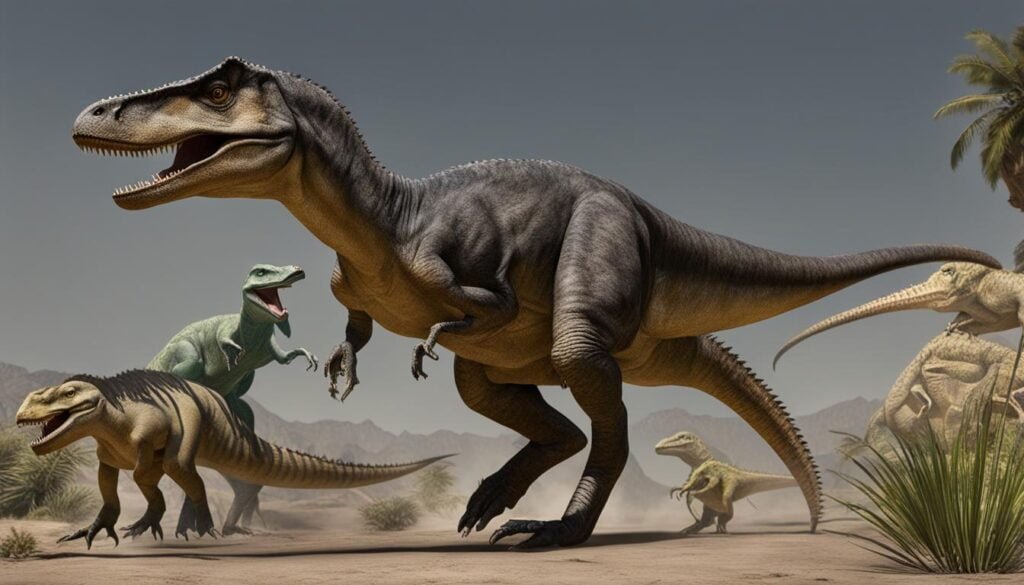
Theropod dinosaurs, a subgroup of dinosaurs that includes well-known species such as Coelophysis and Tyrannosaurus rex, displayed a wide range of body sizes throughout their evolution. From small and agile predators to massive and fearsome carnivores, theropods demonstrated remarkable size diversity over millions of years.
A notable trend observed among theropods is size decrease among coelurosaurs, a subgroup of theropods that includes popular dinosaurs like Velociraptor and the ancestors of birds. This miniaturization trend played a significant role in the evolution of feathers and ultimately led to the emergence of flight in some theropod lineages. The reduction in body size allowed for the development of lightweight structures and enhanced maneuverability, providing an advantage for those theropods that would eventually evolve into avian dinosaurs.
Feathers, which are often associated with birds, first appeared in theropods and played a crucial role in the evolution of flight. The smaller body size of coelurosaurs facilitated the development of feathers, which provided insulation, display capabilities, and eventually formed the basis for powered flight in birds.
Miniaturization and Flight Evolution
In the study of theropod evolution, miniaturization is seen as a key factor in the transition from ground-dwelling predators to aerial creatures. The reduction in body size allowed theropods to explore new ecological niches and exploit new food sources, eventually leading to the evolution of flight in avian dinosaurs.
This correlation between miniaturization, feathers, and flight evolution highlights the intricate relationship between body size and other evolutionary events in theropods. It demonstrates the remarkable adaptability of dinosaurs, as they were able to undergo significant anatomical changes and explore new modes of locomotion throughout their evolutionary history.
| Theropod Species | Body Size | Notable Characteristics |
|---|---|---|
| Coelophysis | Small | One of the earliest known theropods |
| Tyrannosaurus rex | Massive | One of the largest carnivorous dinosaurs |
| Velociraptor | Small | Known for its sharp claws and intelligence |
Deinonychosaur Evolution
The Deinonychosauria group encompasses two distinct dinosaurian lineages: the dromaeosaurids and troodontids. These groups are significant in the study of bird origins, as they share several anatomical features with early birds. Deinonychosaurs, characterized by their sharp, curved claws on their hind limbs, exhibit a high degree of agility and are thought to have been highly predatory.
Researchers have long been intrigued by the flight evolution of birds, and the study of deinonychosaurs has provided valuable insights. The presence of feathers in several dromaeosaurid and troodontid species suggests that feathers may have played a role in their locomotion or display behaviors. This discovery has sparked further investigation into the sequence and pattern of trait acquisition associated with flight.
The evolution of deinonychosaurs, with their bird-like characteristics and potential for flight, offers a unique window into the development of avian features. The presence of feathers in these groups raises intriguing questions about the origins and early function of this intricate adaptation.
Understanding the evolution of deinonychosaurs is crucial for unraveling the complex story of bird origins. By studying the anatomical changes in these groups and their potential for flight, scientists can piece together the puzzle of avian evolution. Further research and discoveries in this field will undoubtedly shed more light on the fascinating journey from dinosaurs to birds.
| Characteristic | Dromaeosaurids | Troodontids |
|---|---|---|
| Body Size | Range from small to large | Generally small |
| Claw Shape | Curved and sharp | Curved and sharp |
| Feathers | Present in some species | Present in some species |
| Agility | Highly agile | Highly agile |
| Predatory Behavior | Highly predatory | Potentially predatory |
Fascinating Insights into Bird Origins
Research on deinonychosaurs has provided fascinating insights into the origins of birds and the evolution of flight. The presence of bird-like characteristics, such as feathers, in these dinosaur groups suggests that they may have been early experimentations in flight-related adaptations. By analyzing their unique anatomical features and studying their predatory behaviors, scientists can better understand the transition from land-dwelling dinosaurs to the birds we see today.
Additional Note: Troodontids are often referred to as “bird-like dinosaurs” due to their anatomical similarities to modern birds. These small, agile dinosaurs had unique adaptations, such as large brains and forward-facing eyes, similar to those seen in birds. They provide a valuable link between non-avian dinosaurs and the avian lineage.
The First Dinosaurs and their Origins
Dinosaurs, a group of reptiles that once roamed the Earth, originated in the late Triassic period, around 247 million years ago. They replaced the previous dominant faunas of basal archosaurs and quickly diversified into a wide array of species. The earliest evidence of dinosaur precursors comes from several locations, including Argentina and New Mexico.
For many years, scientists believed that dinosaurs emerged exclusively in the southern supercontinent of Gondwana. However, recent discoveries of early dinosaurs in the northern hemisphere, particularly in Laurasia, have challenged this notion. These findings suggest the possibility of dinosaur emergence in both Gondwana and Laurasia, further deepening the mystery of their origins.
The origins of dinosaurs remain a subject of ongoing scientific debate, as researchers strive to uncover the precise locations and conditions that allowed these magnificent creatures to evolve and thrive.
Studying the first dinosaurs and their origins is invaluable for understanding the evolutionary patterns that shaped the Earth’s ancient ecosystems. By unraveling the mysteries of these ancient creatures, scientists can gain insights into the rise and diverse adaptations of dinosaurs throughout their existence.
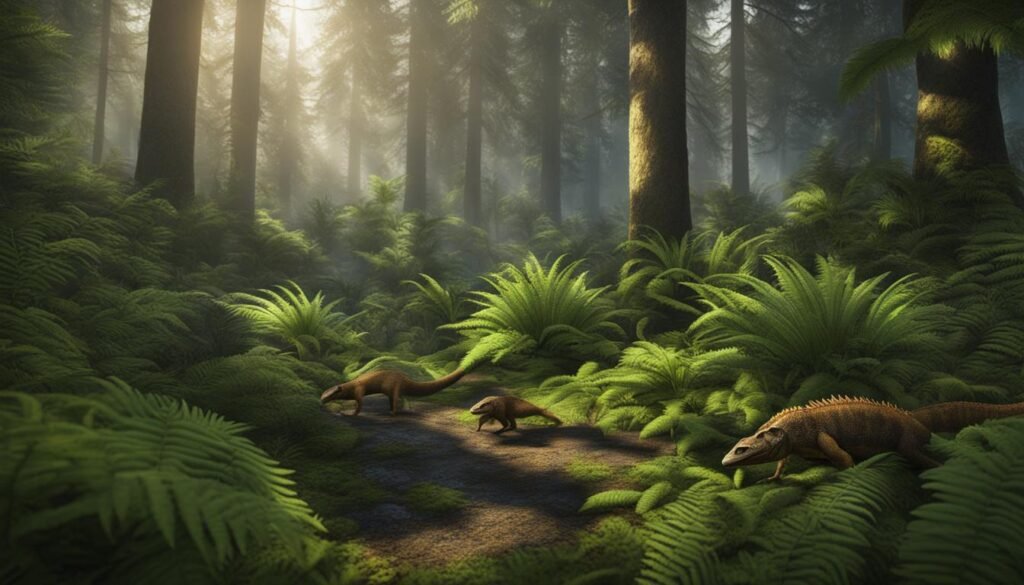
Major Discoveries in Dinosaur Evolution
Over the years, significant discoveries have shed light on various aspects of dinosaur evolution, providing valuable insights into their anatomical features, feathers, diet, and behavior. These findings have revolutionized our understanding of these prehistoric creatures and their place in the natural world.
Feathers: Unraveling the Origins of Flight
One of the most remarkable discoveries in dinosaur evolution is the presence of feathers in certain dinosaur species. Fossil evidence has revealed that many theropod dinosaurs, including well-known species like Velociraptor and Tyrannosaurus rex, had feathers or feather-like structures. This suggests that dinosaurs may have had a closer evolutionary connection to birds than previously believed. The discovery of numerous feathered dinosaur fossils in China has provided strong evidence for the connection between dinosaurs and the evolution of flight.
Diet: Unveiling Feeding Behaviors
The study of dinosaur teeth and jaw structures has offered valuable insights into their diet and feeding behaviors. By analyzing the shape, size, and arrangement of teeth, scientists can determine whether a dinosaur was a herbivore, carnivore, or omnivore. For example, the teeth of herbivorous dinosaurs are typically broad and flat, ideal for grinding plant material, while carnivorous dinosaurs have sharp, serrated teeth for tearing flesh. This research has allowed scientists to reconstruct the complex feeding ecosystems of the prehistoric world and understand the role of dinosaurs in shaping ancient environments.
Anatomical Features: Unlocking Clues to Adaptations
Comparative analysis of dinosaur fossils has revealed a wide range of anatomical features that contributed to their incredible diversity and adaptability. For instance, the long necks of sauropods enabled them to reach vegetation in tall trees, while the powerful hind legs of theropods allowed for rapid movement and predatory behavior. The discovery of unique anatomical adaptations has deepened our understanding of how dinosaurs interacted with their environment and how these features evolved over time.
| Discovery | Significance |
|---|---|
| Feathered Dinosaurs | Provided evidence for the evolutionary link between dinosaurs and birds. |
| Dental Analysis | Revealed the diverse feeding behaviors and dietary preferences of different dinosaur species. |
| Anatomical Adaptations | Offered insights into the unique features that allowed dinosaurs to thrive in various environments. |
Through ongoing research and new discoveries, our understanding of dinosaur evolution continues to expand. Each new finding brings us closer to unraveling the mysteries of these ancient creatures and piecing together the intricate puzzle of their existence on Earth.
Conclusion
The evolution of dinosaur anatomy through time has been a fascinating journey. These incredible creatures went through significant changes from their humble beginnings to becoming dominant beasts. Their diverse adaptations and behaviors showcase the remarkable diversity of the dinosaur kingdom.
Thanks to recent research and the reorganization of the dinosaur family tree, our understanding of their origins and evolutionary relationships has greatly improved. We now have a clearer picture of how these majestic creatures evolved and diversified over millions of years.
One of the most intriguing aspects of dinosaur evolution is their anatomical adaptations. From the development of feathers in certain theropod dinosaurs to their unique skeletal structures and specialized teeth, dinosaurs exhibited a wide range of adaptations that allowed them to thrive in various environments.
Studying dinosaur fossils has also revealed fascinating evolutionary patterns. The discovery of early dinosaurs in different parts of the world has provided valuable insights into their common ancestor and the evolutionary transitions that occurred throughout their history.

